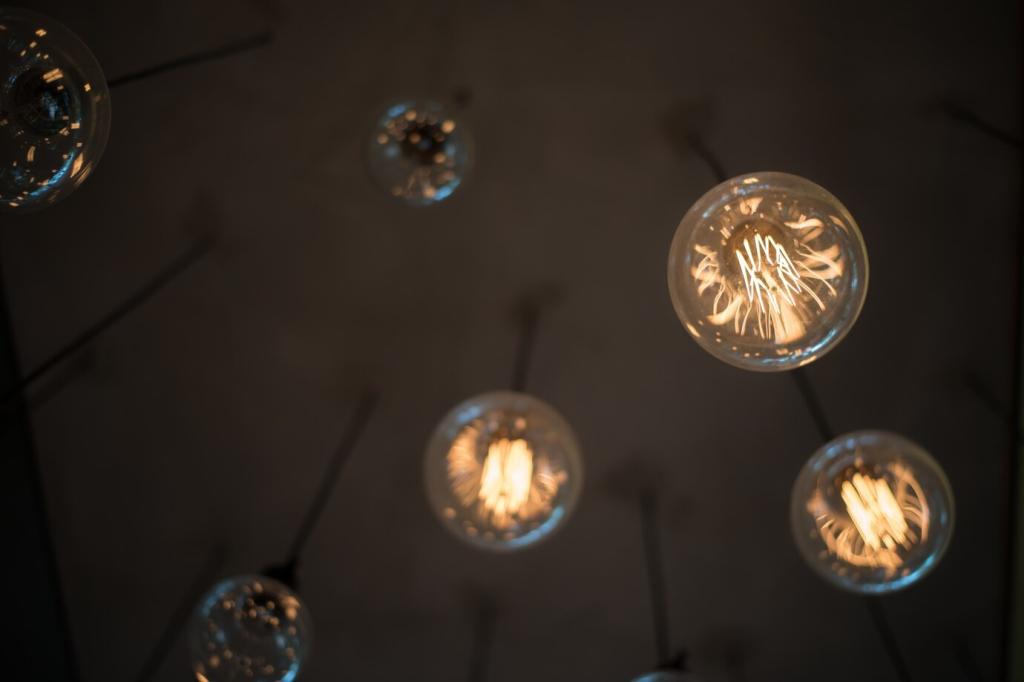Sustainable and Eco-Friendly Lighting Innovations
Sustainable and eco-friendly lighting innovations are driving a revolution in how we illuminate our homes, workplaces, and public spaces. Focusing on reducing energy consumption, cutting carbon emissions, and utilizing environmentally responsible materials, modern lighting solutions offer an optimal blend of efficiency and ecological mindfulness. Through the integration of smart technology, advanced materials, and innovative design, lighting is becoming both greener and smarter, paving the way for a brighter and more sustainable future.
Energy Efficiency in Modern Lighting Solutions
Light Emitting Diodes or LEDs have emerged as the gold standard in energy-efficient lighting. Unlike incandescent or fluorescent bulbs, LEDs convert most of the energy they consume into light rather than heat, drastically reducing electricity consumption and saving money over the product’s lifespan. Even more, their longevity—often more than 25,000 hours—means fewer replacements, resulting in less waste for landfills. Ongoing innovations are expanding their applications from residential use to large-scale commercial projects, all while maintaining superior performance and reducing greenhouse gas emissions.
Solar-powered lighting harnesses the infinite energy of the sun to deliver illumination without drawing on traditional electric grids. Innovations in photovoltaic cells and battery storage now allow solar lighting systems to operate reliably even with inconsistent sunlight. This technology is increasingly used for street lamps, garden lights, and emergency lighting, significantly cutting electricity consumption and offering a practical solution for remote or off-grid areas. These systems are not just sustainable but also cost-effective in the long run, helping communities become more energy-independent.
Smart lighting systems use sensors, timers, and digital connectivity to optimize when and how lights are used. Innovations such as occupancy sensors, daylight harvesting, and app-based scheduling mean that lights operate only when and where needed, giving users precise control over energy usage. Smart technology facilitates adaptive lighting scenes and can even integrate with voice assistants, further enhancing efficiency and reducing unnecessary energy expenditure. This approach not only saves resources but also extends the lifespan of lighting fixtures.
Environmentally Conscious Lighting Materials
Lighting designers are now turning to recycled metals, glass, and plastics as well as biodegradable options like bamboo or cornstarch-based plastics for constructing lamp bodies and shades. These materials reduce the demand for virgin resources, lower manufacturing emissions, and ensure that the products have a lesser impact at the end of their lifecycle. By embracing closed-loop manufacturing processes and supporting responsible sourcing, lighting companies are demonstrating a commitment to genuine sustainability throughout the product’s journey.

Circadian Rhythm-Friendly Lighting
Lighting that adapts to the body’s natural circadian rhythms promotes better sleep, alertness, and overall health. Tunable white LEDs and smart lighting controls can produce varying colors and intensities that mimic the changing qualities of natural daylight throughout the day. This helps regulate the body’s internal clock, especially in indoor environments with limited exposure to sunlight. The result is improved sleep patterns, heightened productivity, and an overall boost to wellbeing—all while maintaining efficient energy use.
Glare Reduction and Visual Comfort
Sustainable lighting design focuses on more than just energy use; it prioritizes the human experience by minimizing glare and optimizing distribution. Through advanced diffusers, directional lighting, and user-adjustable fixtures, modern eco-friendly solutions provide ample illumination without straining the eyes. These innovations enhance comfort in workspaces, homes, and public areas, supporting better focus, reducing fatigue, and ensuring that the quality of light remains as high as its efficiency.
Utilization of Natural Light
Architectural integration of daylight is one of the oldest and most sustainable lighting techniques. Today’s innovations, such as light shelves, smart blinds, and dynamic glazing, maximize the use of natural sunlight while minimizing unwanted heat gain or loss. By designing spaces that make the most of daylight, we reduce the need for artificial lighting during daytime hours, lower energy costs, and create environments that have been shown to improve mood and boost productivity.
